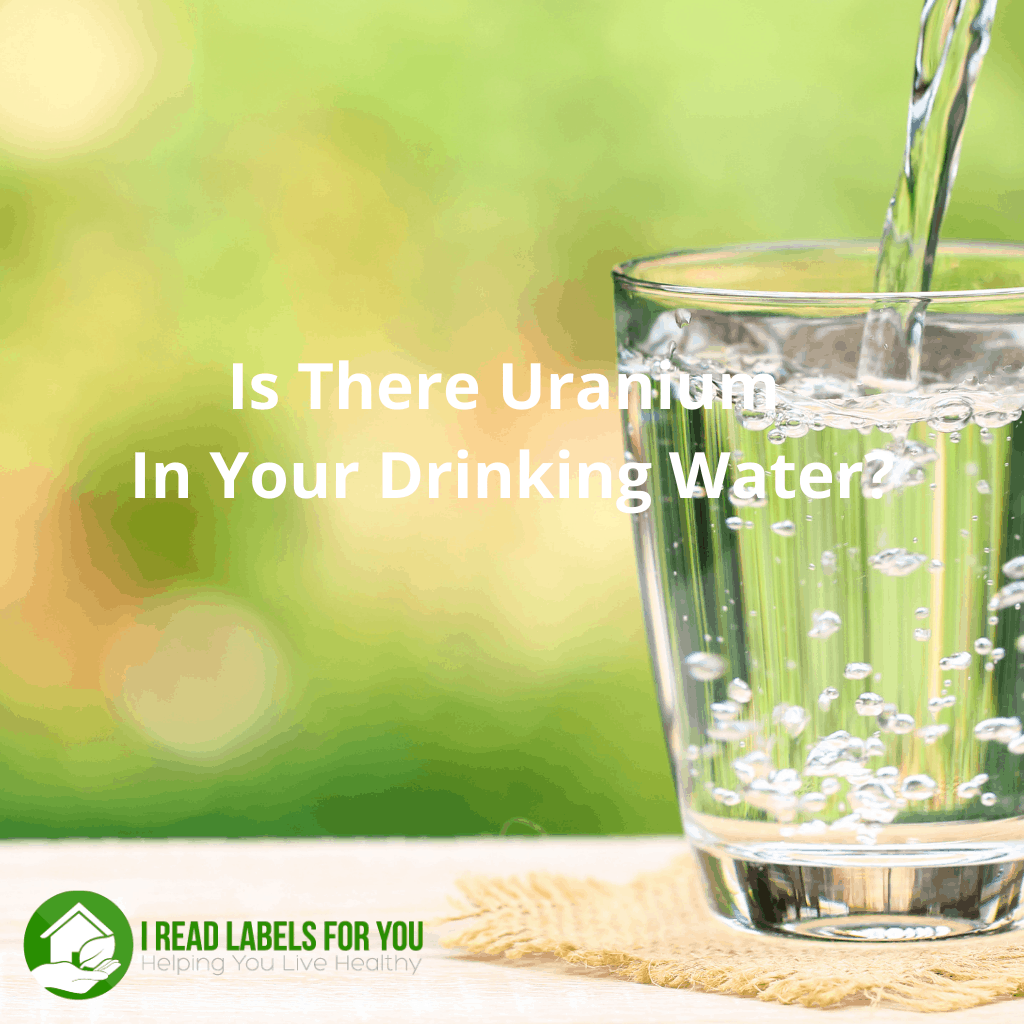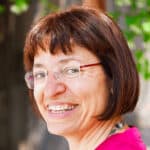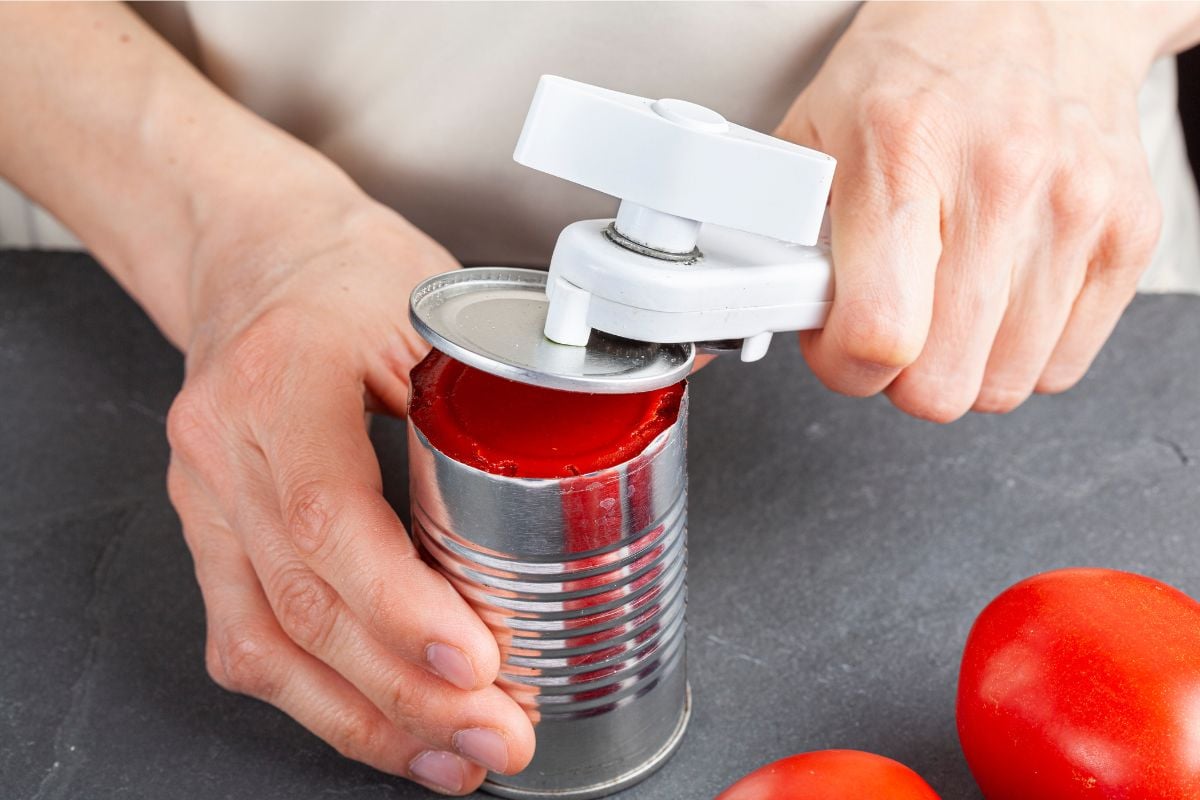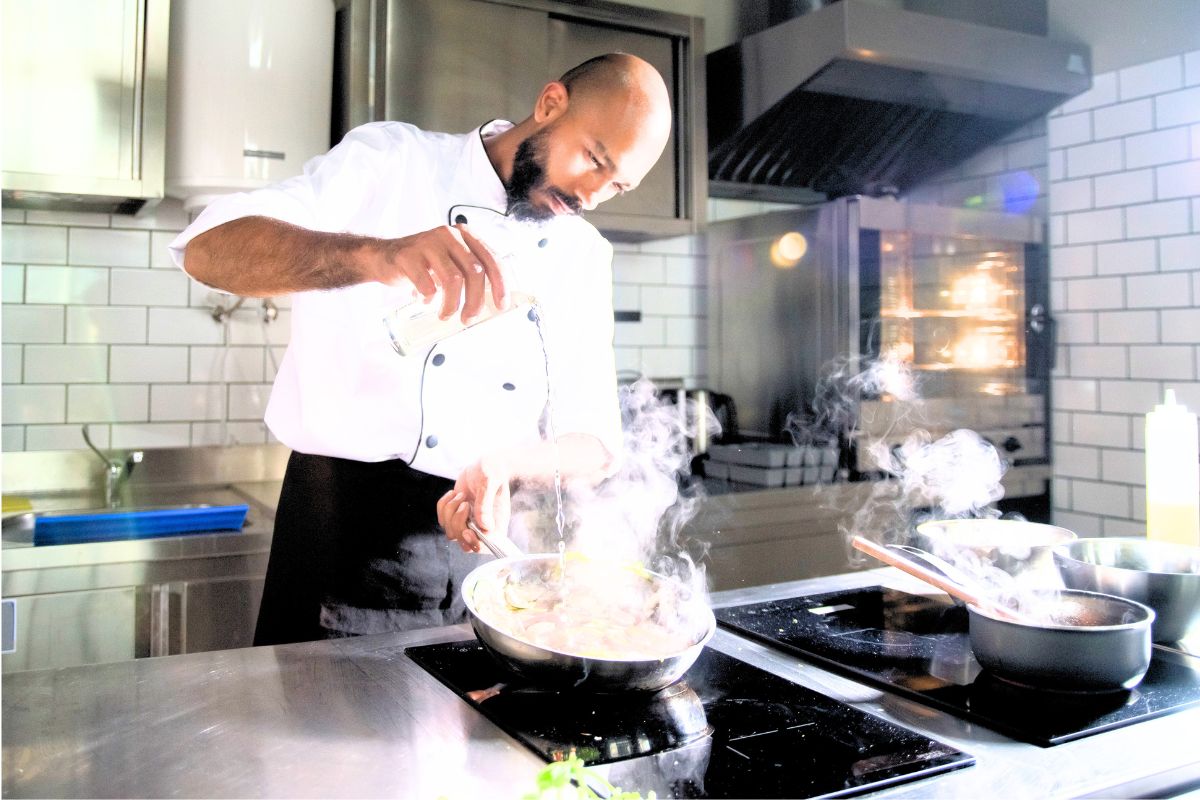What You Can Do About Uranium in Water

Regular hydration is vital for your health, but is all water good for you? Studying the issue of clean drinking water, I have discovered several facts. First, it is not the best idea to determine the quality of drinking water based solely on its taste. Second, bottled water is not as safe as the water bottle manufacturers want us to believe. Third, the benefits of alkaline water machines are questionable, and they potentially cause harm. Last, it is not wise to place absolute trust in your municipal facilities to provide you with clean drinking water. Indeed, every tap water test I have done showed contaminants in drinking water that the municipalities did not list. Moreover, my latest test revealed such a concerning level of uranium in water that I could not believe my eyes. Here is what you can do to make sure you drink healthy water.
I can help you on your way to a non-toxic living.
Much to my surprise, when I told someone in my neighborhood that I had discovered uranium in drinking water, all they said was, “Good for you!” It tells me that not everyone is ready to process and handle such information. Or, even more so, not everyone is ready to make needed changes. If you want to start living healthy but are not sure where to begin, I can help you.
I have been working with clients to help them make their homes a safe haven since 2013. I even developed a coaching program to help you improve your health and the safety of your home. Additionally, I have been running the Savvy Consumer Circle that allows its members to make healthy changes with confidence while having fun. You can look at the testimonials, the table of contents, and a sneak preview video here.
I believe that our decisions about healthy living should not be based on hearsay and myths spread across the Internet. In my opinion, our decisions must be driven by scientific research that will help us make choices without stress and wasting money. Therefore, my five-step research process includes reviewing scientific literature and credible sources before forming an opinion. Moreover, a highly knowledgeable medical doctor reviews my blog posts for medical accuracy. Look under the title of the blog post to see whether she reviewed it.
A recent tap water analysis in the US reveals alarming levels of contaminants in drinking water.
When it comes to water, I believe that drinking clean water is an important way to optimize your health. Obviously, uranium in water and other contaminants do not make water healthy.
The shocking truth is that our tap water is not as clean as we might assume. The fact that it is clear and tastes fine does not mean there are no contaminants in it. Thus, during their nine-month investigation, the Guardian and Consumer Reports sampled tap water across the US. In March 2021, they reported that they had discovered worrying levels of arsenic, lead, and PFAS in the water.
To clarify, per- and polyfluoroalkyl substances (PFAS) are a group of man-made chemicals that includes PFOA, PFOS, and other chemicals. They are known as “forever chemicals” because their chemistry does not let them break down under normal environmental conditions. According to the report, more than 35% of the samples had PFAS at levels above Consumer Report’s recommended maximum.
As for arsenic, about 8% of samples had this heavy metal at levels above Consumer Report’s recommended maximum. And 118 out of 120 samples had detectable levels of lead. (Read my post to see if you need to send a sample to a water testing lab for lead testing. Also, check out heavy metal-safe Crunchi non-toxic makeup.)
So, what can you do to determine whether there are contaminants in drinking water in your home? You can test it using a home water testing kit, which is exactly what I did.
I do not rely on municipal water test reports.
My report on uranium in water did not come from the municipal services. Unfortunately, we cannot rely on the information that our municipalities present. While they follow the Environmental Protection Agency’s Drinking Water Regulations, there are some flaws with that.
First, the EPA regulates only about 100 contaminants. The EPA does not require municipalities to test for many contaminants, such as pharmaceuticals or perchlorate. And it does not regulate their presence, either. Hence, none of these unregulated tap water contaminants will appear on your water quality reports.
Second, if a contaminant is regulated, it may still be present in your drinking water. There are many cases of violations where EPA standards were exceeded but not reported.
Finally, the EPA standards are essentially a compromise between public health and the regulated industries. For example, the Federal government sets 15 ppb as a safety limit for lead. Alternatively, the California health standard is 0.2 ppb, which is 75 times lower than the federal level. Above all, the Centers for Disease Control and Prevention states that there is no safe level of lead for children.
Let us take a look at uranium as one of the contaminants in drinking water.
The level of uranium in water in my neighborhood is 7 parts per billion. Is it safe?
My Tap Score test results revealed 0.007 parts per million (ppm) or 7 parts per billion (ppb) of uranium in drinking water. Is this an acceptable level?

Well, the EPA Maximum Contaminant Level for uranium in drinking water is 30 micrograms per liter (= 30 ppb).

However, here is something you need to know.
There are two terms that the US EPA uses: maximum contaminant level (MCL) and maximum contaminant level goal (MCLG). While the MCLG reflects the level with no known or expected health effect, the MCL considers cost and technological feasibility. Thus, the MCLG for uranium is 0 (zero) micrograms per liter or 0 ppb. As for the MCL, in 1991, it was 20 micrograms per liter, or 20 ppb. In 2000, it went up to 30 micrograms per liter, or 30 ppb. Why? We can find the answer below (source):

As you can see, health concern is not the only factor for federal decisions regarding contaminants in drinking water. There are other factors, and money has a big say in them.
Conversely, the California Environmental Protection Agency sets a public health goal (PHG) for uranium in water based solely on health standards. Their number is 0.5 ppb (source):

In sum, compared to the EPA maximum contaminant level (MCL) of 30 ppb, the 7 ppb in our water is not that bad. But in comparison to the California public health goal (PHG) of 0.5 ppb, 7 ppb seems enormous.
Is uranium in drinking water a big deal, anyway?
Uranium in water can cause harm to liver, bones, and kidneys.
To begin, uranium is common in groundwater and soil, and enters drinking water from natural sediments, irrigation, and runoff. Because of its presence in soil and in some water supplies, it occurs in many kinds of food, too. Additionally, the use of phosphate fertilizers increases the uranium level in food (source).
Next, the California EPA states that “uranium is an emitter of ionizing radiation, and ionizing radiation is carcinogenic, mutagenic, and teratogenic.” Further, water may have many forms of uranium including uranium-235, uranium-238, and the most toxic form for human health, uranium-234.
According to the Centers for Disease Control and Prevention, ingestion of high concentrations of uranium can cause cancer of the bone or liver. However, its toxic chemical properties can cause kidney damage much sooner than its radioactive properties would cause cancers of the bone or liver. Per the EWG’s database of contaminants in drinking water, 30 ppb of uranium would cause more than 4.6 cancer cases in a population of 100,000.
Chronic low-level exposure to uranium is common and has far-reaching effects. Research suggests it is connected to fertility impairments, thyroid cancer, and Hashimoto’s thyroiditis (specifically that caused by elevated anti-thyroglobulin antibodies (TG Ab)). More research is needed on possible links to hypertension and osteoporosis. One study found increased rates of several cancers at a level of only 2 µg per liter (2 ppb). (source)
CDC studies show that 50% of Americans have a urinary uranium level below 0.005 mcg/g creatinine. However, it does not appear that these levels are safe for most Americans. Scientists found that levels of urinary uranium correlate with some thyroid autoimmune antibody levels even at below average levels. (source)
So, what can you do about uranium in water in your house?
Tap Score test will help you identify contaminants in drinking water.
In my opinion, the best lab is Tap Score for the following reasons. (Read to the end to get a discount code!)
First, they have the lowest minimum detectable levels, which is critical. For example, the companies I called tested lead to 2.5 ppb whereas the EWG’s health safe level is 0.2 ppb. This means that the lab will not detect anything less than 2.5 ppb. So, if the water has 2.499 ppb, the result will be negative for lead. And the Tap Score’s minimum detectable level is 0.5 ppb, the lowest I have seen anywhere.
Second, they have various testing packages, e.g., for city water, for well water, for fluoride, for PFAS chemicals etc. Whatever your goal, you can have a testing package for your needs.
Third, the Tap Score report contains health information on each water contaminant and even specific water filter suggestions for you.
Last, it is easy to use this water testing service, and their customer service is responsive and knowledgeable.
Now, let us talk about water filtering options.
Choose the right filtration system to handle uranium in water.
Generally speaking, the right choice of a water filtration system depends on the specific contaminants in drinking water. Overall, reverse osmosis (RO) systems are very powerful and remove a broad variety of contaminants. At the same time, they demineralize water, and I do not like the fact the water has to sit in tanks lined with plastic. (Learn more about plastic in my post about plastic plates.) Hence, I consider RO systems the water filters of last resort.
Another thing to keep in mind is that the same filter works differently on different water chemistry. Indeed, water hardness, pH, and the number of contaminants matter. Therefore, it is a good idea to test your tap water twice – before and after filtering it. This will allow you to see if the filter you bought works for your water. (I can help you find the best filter in a one-on-one consultation.)
My choice of a water filter depends on several factors.
I have tested two water filters – Aquasana RO and Pure Effect. Both filters removed the uranium in water to the minimum detectable level of 0.5 ppb. Normally, carbon filters such as Pure Effect are not powerful enough to remove uranium. And, by the way, Pure Effect removed fluoride 100% (meaning to the minimal detectable level) even in our very hard water (16.11 grains per gallon!).
Thus, I decided to go with Pure Effect based on our specific contaminants in drinking water. Also, since my body does not absorb magnesium from food, it absorbs it from the water where magnesium remains after filtering.
Additionally, I like the taste of the filtered water and its pH, the filter quality, and the customer service. Ultimately, I prefer Pure Effect based on the results of the three tests that I have done on these two filters.
You can read more about Aquasana, Pure Effect, and Berkey (which I do not recommend) in my post Best Water Filter System.
Some water treatment systems are certified to reduce radium.
Currently, there are no systems with a specific NSF certification to reduce uranium. On the other hand, there are systems that are certified to reduce its by-product, radium 226/228. They include many reverse osmosis (RO) systems and salt-based water softeners. Allegedly, these systems may also be effective at reducing uranium.
You can find the list of water treatment systems NSF certified for radium 226/228 reduction in NSF’s listings (source). Additionally, you can confirm how much uranium in water a specific system reduces by sending a sample of treated water to a laboratory. (Consider Tap Score.)
This is what you can do today to start drinking healthy water.
Even before getting your results for contaminants in drinking water from Tap Score, you can start doing something today.
First, you can buy reverse osmosis (RO) water from water filtration machines in Whole Foods.
Second, give up bottled water because there is no guarantee that it came from pristine natural springs or deep aquifers. In fact, the “FDA does not require bottled water companies to disclose to consumers where the water came from, how it has been treated or what contaminants it contains” (source).
Thus, in 2019, the Center for Environmental Health (Oakland, CA) announced the results of an independent test it commissioned. It revealed high levels of arsenic in Starkey bottled water (Whole Foods) and Peñafiel bottled water (Keurig Dr Pepper) (source).
Besides, plastic bottles present a huge concern. For example, this study compared water from the same spring packed in glass and PET plastic bottles. The findings indicated that estrogenic activity was three times higher in the water from plastic bottles. In other words, PET packaging materials seem to be a source of estrogen-like compounds.
Third, consider refusing to drink alkaline water made by an alkaline water machine. For one, these machines offer a limited filtration for contaminants in drinking water. Those that have activated carbon filters reduce many contaminants, but not all of them. Drinking highly alkaline water can raise the pH of your stomach acid and result in indigestion and poor nutrient absorption. Thus, drinking water should not be alkaline.
Conclusion about uranium in water
In conclusion, the first step to drinking healthy water is testing it with a reputable laboratory. For me, the best lab is Tap Score because of their low detectable levels, a variety of packages, and great customer service.
The second step to reducing contaminants in drinking water is buying an appropriate water filter. I suggest testing your water before and after treatment to make sure that the filter works well. If anything, it should not introduce new contaminants into your water.
There are no NSF certified filters specifically for reducing uranium in water. However, the filters I have tested – Aquasana and Pure Effect – have handled this issue well, removing uranium 100%.
To purchase your Tap Score water test, email me for a 10% discount code.
Please, do not hesitate to hire me to get help with choosing a filter or any other non-toxic living questions. Also, browse my shop for multiple options of healthy products. Lastly, join the Savvy Consumer Circle to become a part of an expanding community of savvy consumers.

Download The Free Guide!
5 Powerful Steps To A Non-Toxic Home
Join our informed consumer community and get our free guide the “5 Powerful Steps To A Non-Toxic Home”.

 Written by
Written by  Health-related claims have been reviewed by
Health-related claims have been reviewed by 





Any suggestions or thoughts for a shower filter for uranium reduction? Thanks!
In our experience, there are no shower filters for uranium reduction. However, we recommend contacting the following two companies for a professional consultation on the matter: https://ireadlabelsforyou.com/product/pure-effect-shower-water-filter/ and https://ireadlabelsforyou.com/product/easy-solution-water-filtration/ We hope this helps!
Thanks, I will check it out! I have RO for my drinking water but seems like should have something for shower too.
I have been wanting to test my well water for some time now. I am curious about the uranium level in it. I looked at the tapsource site and see that there are three testing packages. Can you tell me if you used the advanced well water testing or the extended well water testing. There is a significant step up in price but wondering if its worth doing the more thorough test. Thank you for all your work. I really love reading your research.
Hi, Maria:
I think the Advanced test (middle one) is the sweet spot. This is what we did. ~Irina
I’m curious if you tried the Berkey Water Filter system and your thoughts on it.
Hi, JoAnne: As I said in the post, I don’t recommend Berkey filter. You can read more about it here: https://ireadlabelsforyou.com/best-water-filter-system-for-you/ ~Irina